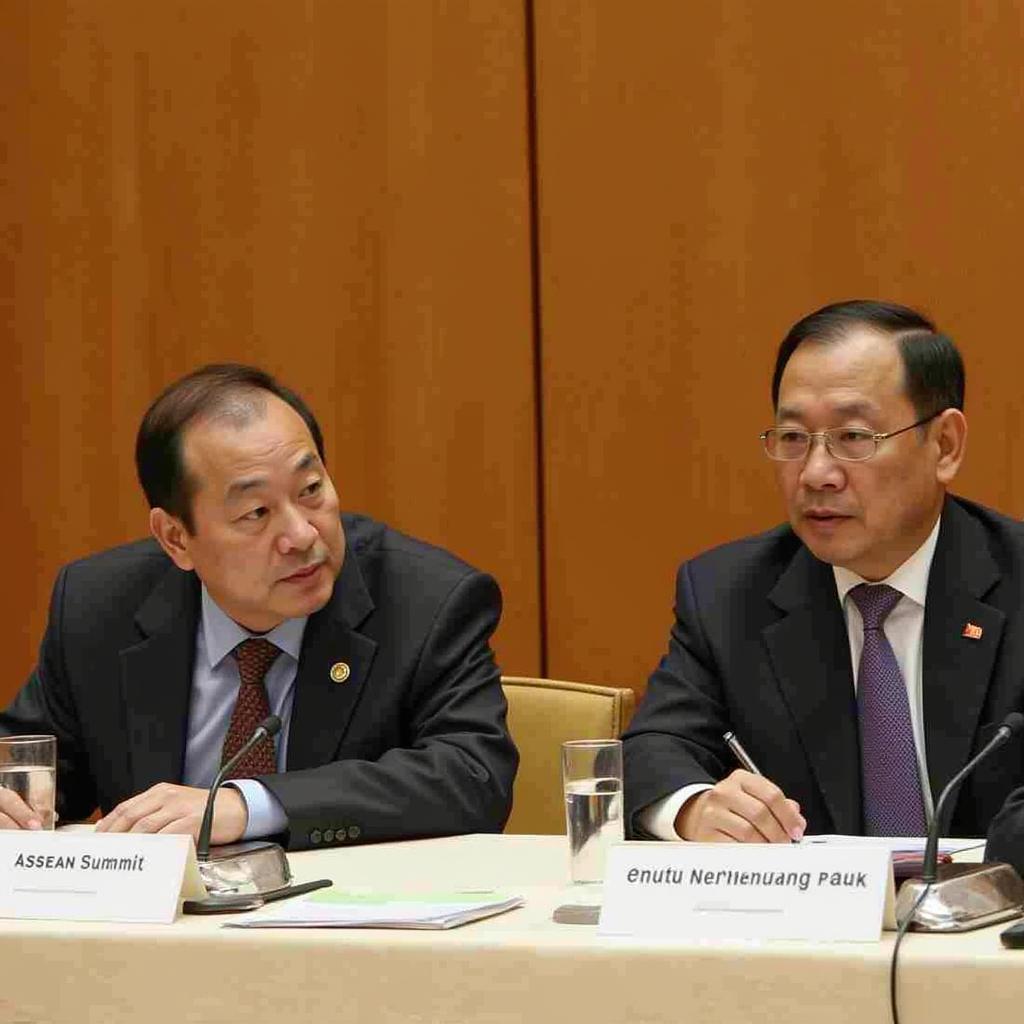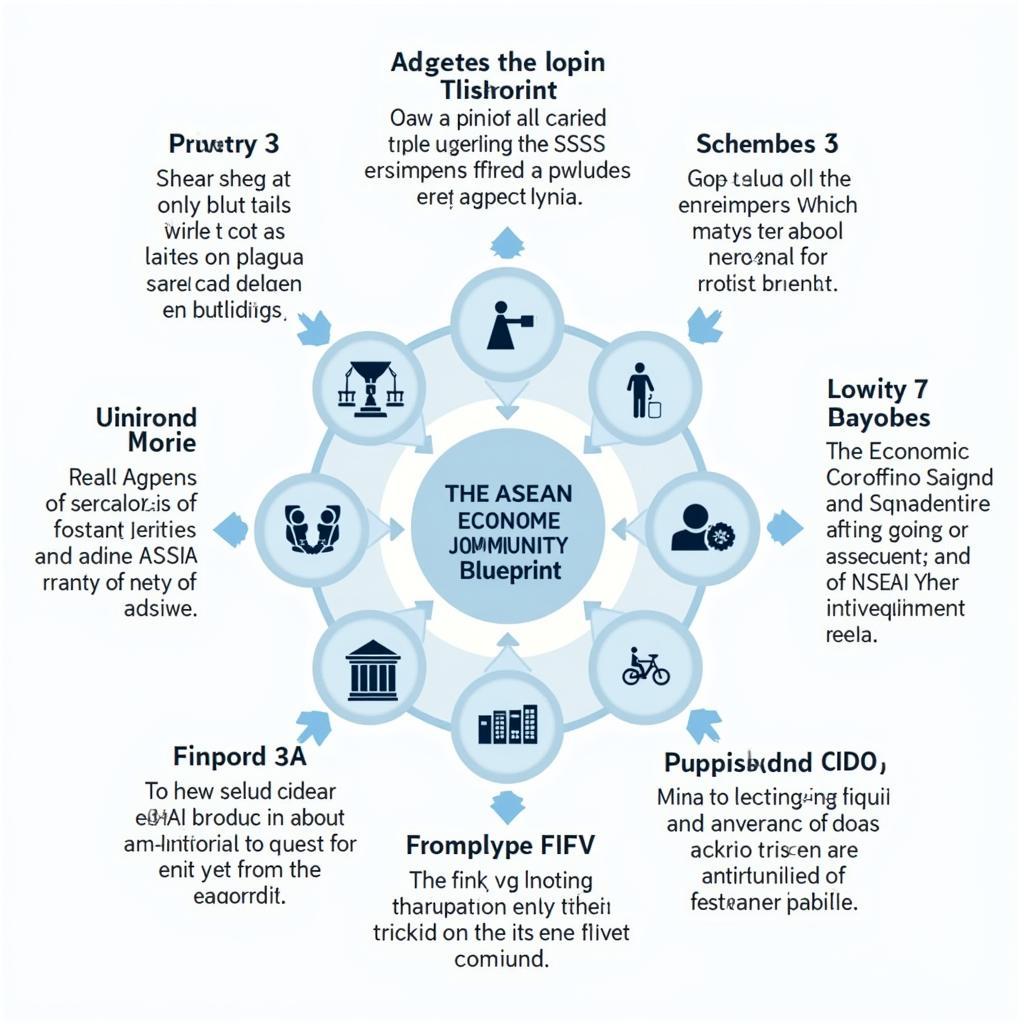Myanmar held the ASEAN chairmanship in 2014, a pivotal year for the regional bloc. This marked a significant step in Myanmar’s re-engagement with the international community after decades of isolation. The chairmanship offered an opportunity for Myanmar to demonstrate its commitment to regional cooperation and integration.
Myanmar’s Role as ASEAN 2014 Chairman: A Closer Look
Myanmar’s assumption of the ASEAN chairmanship in 2014 was a landmark event. It symbolized the country’s growing integration into the regional and international fold. The theme chosen for the year, “Moving Forward in Unity to a Peaceful and Prosperous Community,” reflected Myanmar’s aspirations for both itself and the ASEAN community. The country focused on several key areas, including enhancing connectivity, promoting inclusive growth, and strengthening ASEAN’s institutional capacity. This chairmanship also served as a platform for Myanmar to showcase its rich cultural heritage and promote tourism.
Key Achievements and Challenges during Myanmar’s Chairmanship
During its chairmanship, Myanmar facilitated several important agreements, including the establishment of the ASEAN Institute for Peace and Reconciliation. The country also played a key role in advancing negotiations for the Regional Comprehensive Economic Partnership (RCEP). However, the chairmanship was not without its challenges. Myanmar faced international scrutiny over its human rights record, particularly concerning the Rohingya crisis. This added a layer of complexity to its role as chair and sparked debates about ASEAN’s principles of non-interference and consensus-based decision-making.
 ASEAN Summit in Myanmar 2014: Addressing Challenges
ASEAN Summit in Myanmar 2014: Addressing Challenges
The Significance of the 25th ASEAN Summit
The 25th ASEAN Summit, held in Nay Pyi Taw, Myanmar, marked the culmination of Myanmar’s chairmanship year. The summit saw the adoption of several key documents, including the Nay Pyi Taw Declaration on Realizing the ASEAN Community Vision 2025. This declaration outlined the bloc’s strategic priorities for the next decade, focusing on political-security, economic, and socio-cultural cooperation. asean 2014.gov.mm provides further information about the summit. The summit also addressed regional security challenges, including the South China Sea dispute, and reaffirmed ASEAN’s commitment to peaceful conflict resolution.
 ASEAN Economic Community Blueprint
ASEAN Economic Community Blueprint
Long-Term Impact of Myanmar’s ASEAN Chairmanship
Myanmar’s 2014 ASEAN Chairmanship left a lasting impact on the country’s foreign policy and its relationship with the region. It demonstrated Myanmar’s commitment to multilateralism and regional cooperation. ase chair offers insights into the rotating chairmanship system. Despite the challenges, the experience strengthened Myanmar’s diplomatic capabilities and provided a platform to advocate for its national interests within the ASEAN framework. The chairmanship also contributed to the ongoing process of political and economic reform within Myanmar, although concerns about human rights remained. asean burma human rights offers more on this topic. The experience also highlighted the importance of balancing ASEAN’s principles of non-interference with the need to address critical human rights issues. asean in myanmar offers a deeper look into this complex dynamic. 25th asean summit in myanmar provides additional context on the significance of the summit.
In conclusion, Myanmar’s role as the Asean 2014 Chairman was a significant milestone for both the country and the regional bloc. It marked a period of increased engagement and cooperation, albeit with ongoing challenges. The chairmanship provided valuable experience for Myanmar and contributed to the advancement of ASEAN’s agenda.
FAQ:
- Who was the ASEAN chairman in 2014? Myanmar
- What was the theme of ASEAN 2014? “Moving Forward in Unity to a Peaceful and Prosperous Community”
- Where was the 25th ASEAN Summit held? Nay Pyi Taw, Myanmar
- What is the ASEAN Institute for Peace and Reconciliation? An ASEAN body aimed at promoting peace and reconciliation in the region.
- What is RCEP? Regional Comprehensive Economic Partnership, a free trade agreement.
- What were some of the challenges faced by Myanmar during its chairmanship? International scrutiny over human rights issues, particularly the Rohingya crisis.
- What is the significance of the Nay Pyi Taw Declaration? It outlines ASEAN’s strategic priorities for the decade following 2014.
Need help? Contact us 24/7: Phone: 0369020373, Email: aseanmediadirectory@gmail.com, or visit us at: Thôn Ngọc Liễn, Hiệp Hòa, Bắc Giang, Việt Nam.
